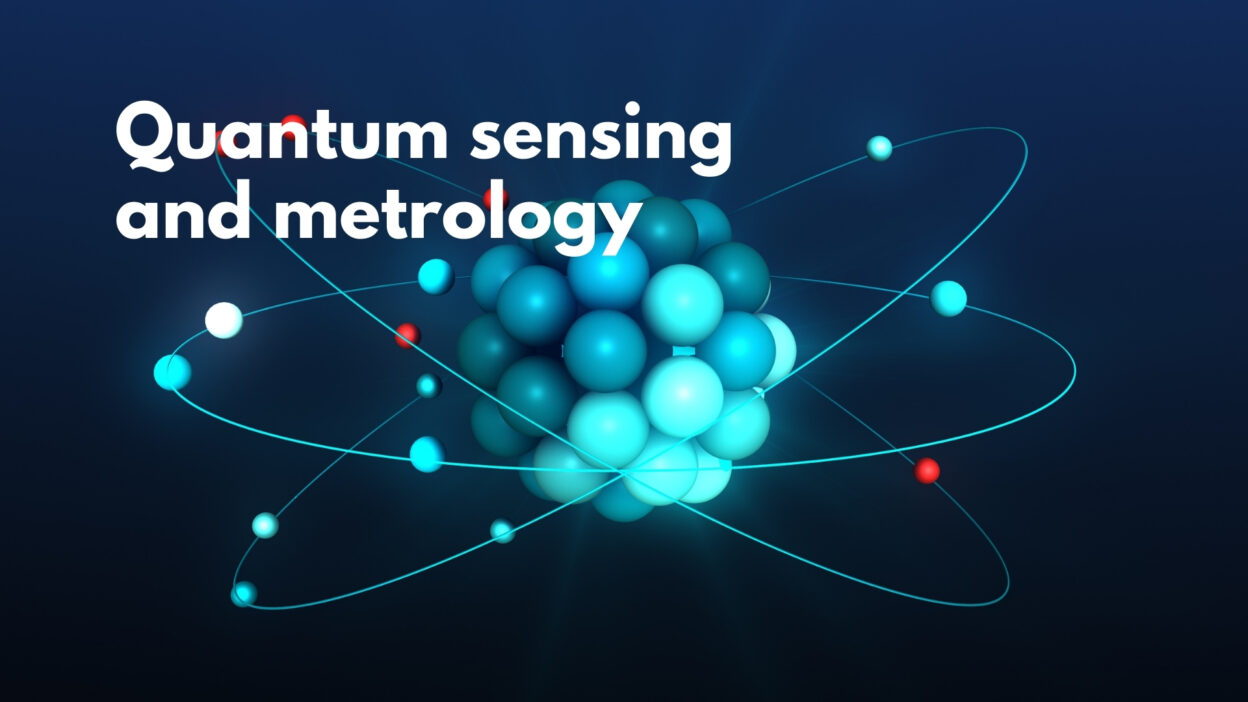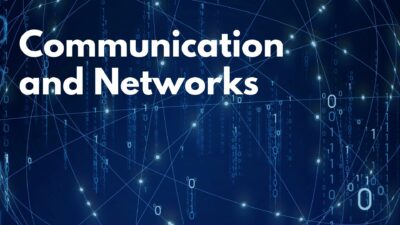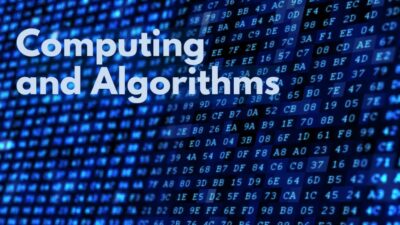Researchers at NIST are developing a new method called dual electro-optic frequency comb (DOFC) to improve gas sensing in the ultraviolet (UV) range. This technique uses a laser split into two paths, each with modulators that generate phase-coherent chirped pulses. These pulses are then used to create UV frequency combs through a process called sum frequency mixing in a nonlinear crystal. The resulting UV combs are detected using photon counting, which converts UV light into radio frequency (RF) signals for easier analysis.
The method includes two new ways to generate UV combs: one by up-converting each near-infrared comb separately, and another by combining the combs before mixing. While these methods produce distorted line shapes in the UV spectrum, they can be corrected by converting the data back to the time domain. Researchers are also exploring ways to extend this technique to deeper UV wavelengths using cavity-enhanced nonlinear mixing, which could improve quantum applications like entangled photon detection. This work is still in the research and development phase, with potential future applications in quantum sensing and communication.
Keywords: Electro-optic frequency comb, UV gas sensing, photon counting technique



